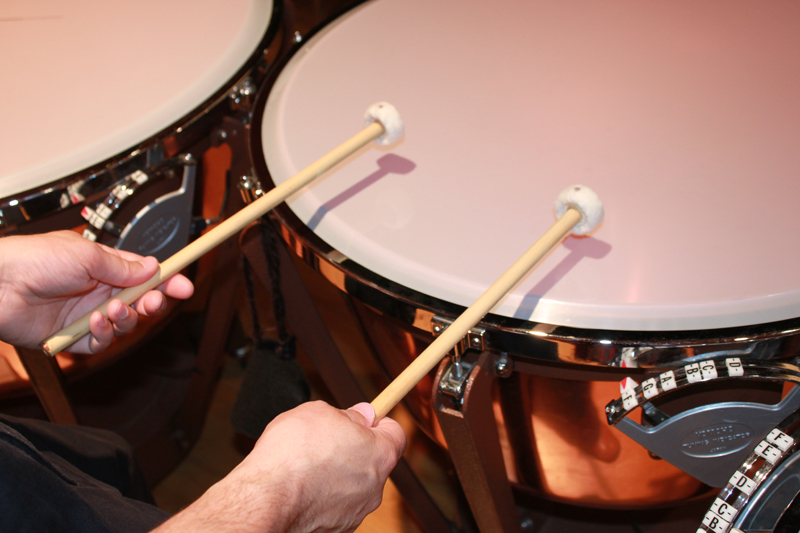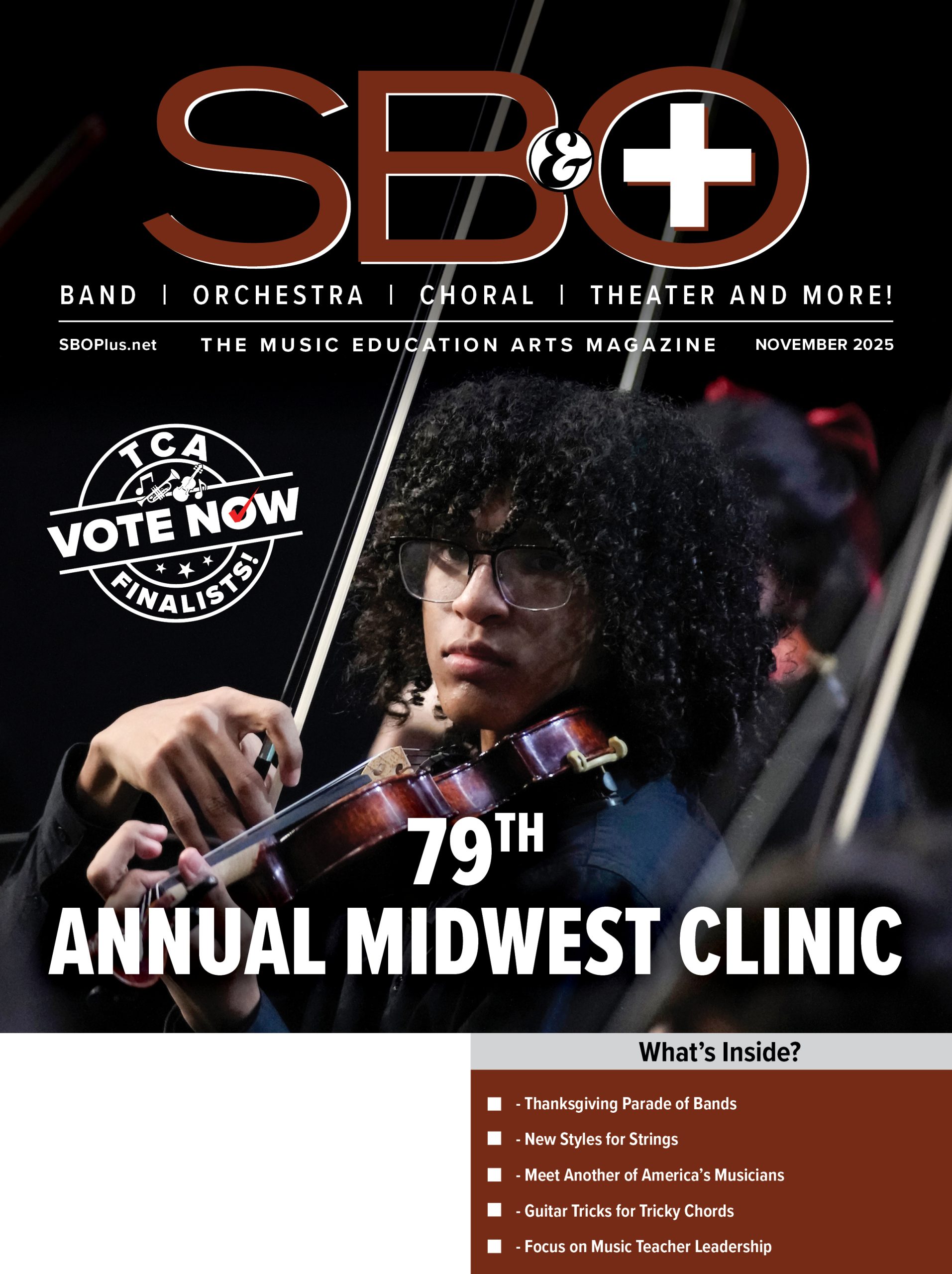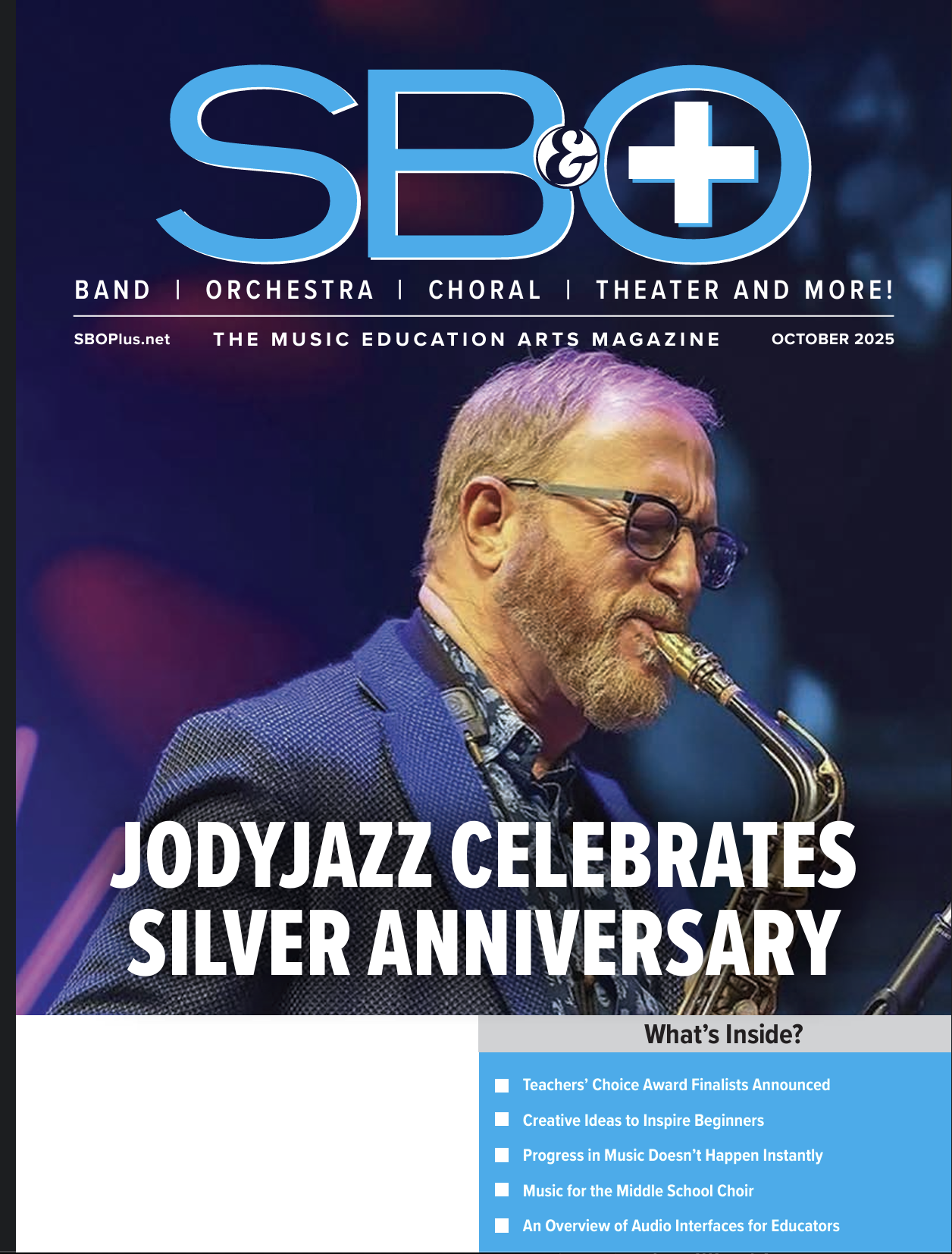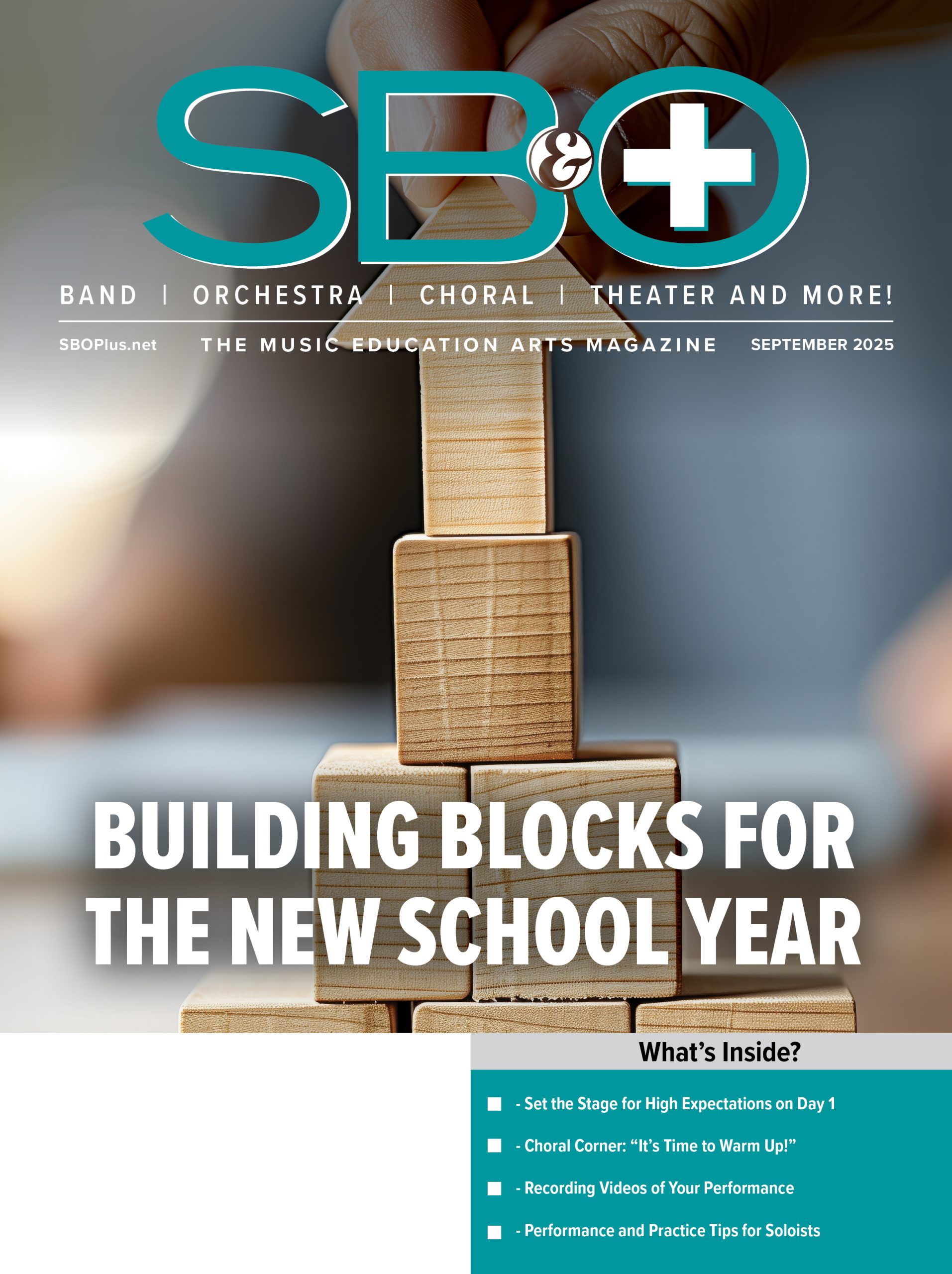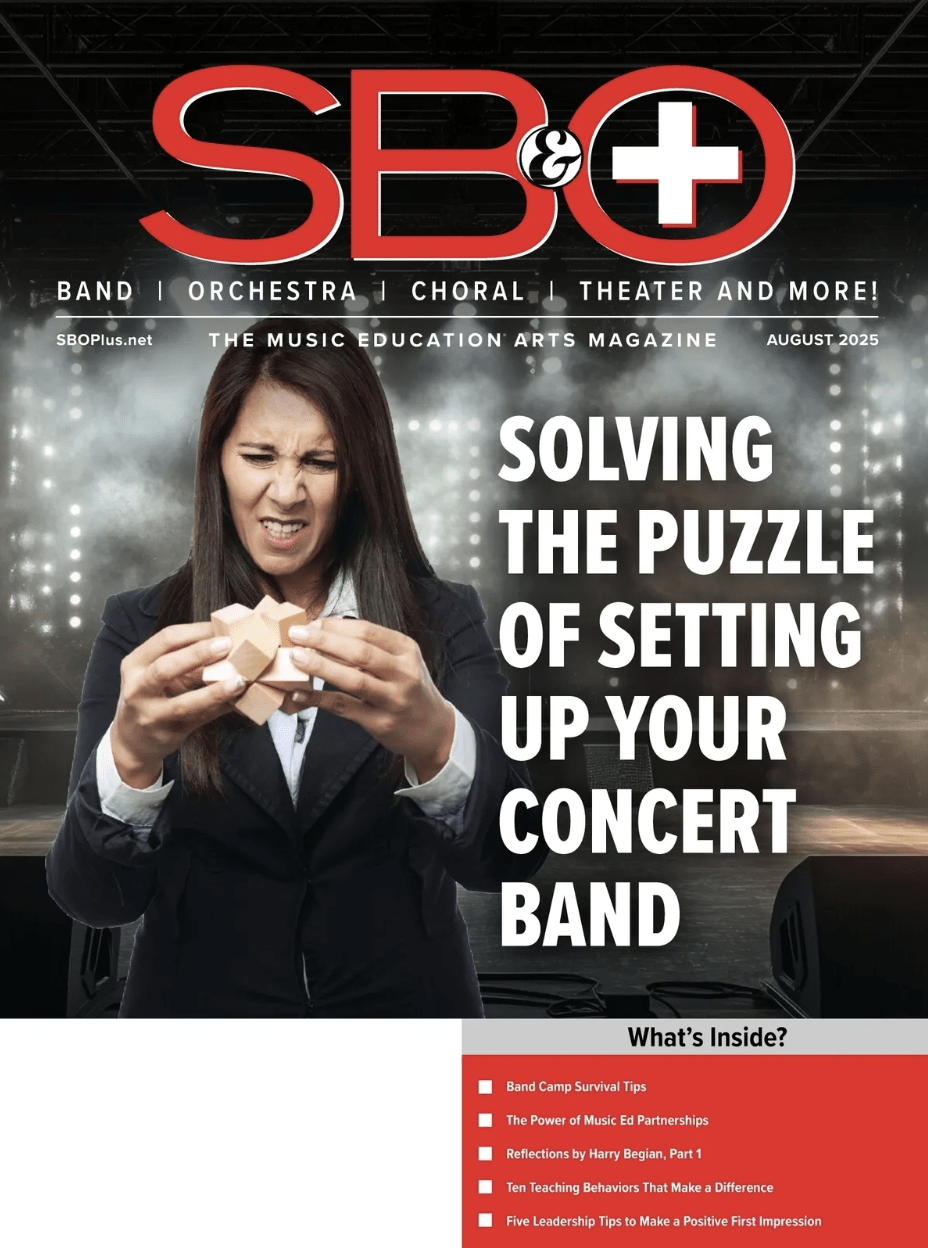By Brody McDonald
Over the course of this year, I have found three ways to improve my choirs’ phrasing. The goal in choral singing is to create a vocal line that has connection and shape. There are many ways to skin that particular cat, but hopefully these three can add new perspective to both your singers and your rehearsals.
1. English vs. Singlish
Choirs sing in many languages, but have you ever performed a piece in SINGLISH? I am a “barbershopper,” and this term was first presented to me by David Calland, director of The Alliance Chorus. I’m not sure he came up with it, but it resonated with me.
By singlish, David meant the following: when we sing, we are presenting a stream of sounds that are each decoded in sequence to the audience’s ears as language. Therefore, S-AW-EE-T(ih) would process to “sight.” This is essentially what Fred Waring did with his “tone syllables.” I first remember seeing the strange transcriptions of these syllables in high school, wondering why we needed help pronouncing words IN ENGLISH that we already knew how to pronounce!
It is a common trap that one’s singing is affected by their speech pattern/accent. I find my choirs in Ohio have difficulty singing in English – they produce flat, spread vowels and turn diphthongs too quickly. They chew on R’s. This is why I say, “You don’t sing like you talk, and you don’t dance like you walk.”
In order to help break free of the gravity of speaking habits, the mindset of singlish is invaluable. We’re not singing in ENGLISH, folks… we’re singing in singlish. Don’t approach this text as you would read it. Instead, dissect it into parts and then string together the appropriate singing version of those parts. Build, in a linear fashion, a stream of sounds that is beautiful to hear. Singlish not only sounds great, it forces the singer to consider what word sounds land where (and have what duration) in the rhythmic grid of time.
We’re not singing in ENGLISH, we’re singing in singlish. Singlish is like the meticulously-planned, black-tie, super-polished, top-shelf version of English.
2. Whole Notes are Like Potatoes
I have always preached that “long notes grow,” (grow louder, grow softer, grow in resonance) but over time I thought of another way to say the same thing, and I believe my choirs find this one more “sticky.” WHOLE NOTES ARE LIKE POTATOES.
Why do I say this? First off, a whole note looks like a potato. There. Now you can’t un-see it, like the FedEx arrow (if you never saw that before, now you can’t un-see that either – you’re welcome). I don’t know about you, but I never eat a plain potato. Just imagine it now – a boiled potato with nothing on it. No salt, no butter, no cheese or sour cream. No bacon. No nothing. Filling? Yes. Appetizing? Not likely.
And so, it goes with whole notes (big Russet potatoes), half notes (smaller, red-skinned potatoes) or even strings of quarter notes (fingerling potatoes). They need something to make them more appetizing to the ear. The more “potatoes” you have in a row, the more you have to dress them up! Garnish your potatoes with crescendi, decrescendi, tone color, vibrato, you name it! Bigger potatoes can be topped by themselves. Smaller potatoes get seasoned all together as a group.
I have hammered “LONG NOTES GROW” with my choirs for a long time (and still do), but there’s something so sticky and visual about calling such notes “potatoes.” You can look at a piece of music and just see all those potatoes jumping out at you. And if the choir forgets? Just shout “potatoes!” while they sing and hear results in an instant. In fact, that might be the only time I like instant potatoes.
3. Phrase Like Smarties
A lot of singers sing note-to-note, giving each note a beginning/ middle/ end. That is to say, each word or even syllable is delivered as its own separate entity. This causes a choppy sound, undermines syllable stress, and robs the phrase of a connected line.
One could visualize this type of singing by imagining several individually-wrapped candies in a row. You know, like those Starlight Peppermints? Lay out 10 or 12 of those in a row so that they touch only at the edges of the twisted cellophane that represent consonants and/or the pulsing of airflow (different singers create different issues this way). Seems like there’s about as much cellophane as there is candy!
Now picture a pack of Smarties. If you’ve never had Smarties, then (a) I feel sorry for you (b) they are fun for kids to drop into Coke to make little fizz-bombs, and (c) as you can see in your mind – they are little candy discs. They come wrapped in cellophane just like a Starlight Peppermint, but there are many Smarties in a row. This packaging creates a solid tube of candy.
This is how I like to visualize a phrase:
- The cellophane twist at the beginning = the breath/attack
- Smarties = vowels/tones
- The minuscule spaces between the Smarties = consonants
- The cellophane twist at the end = cutoff
- The cellophane “tube” that holds it all together = constant, spinning breath
The candy factory made a plan to keep all the Smarties together in one line, and you singers can do the same with their phrases. Your singers can be SMART if they PHRASE LIKE SMARTIES (see what I did there?)
Think of musical phrases like Smarties – a beginning, many notes connected in a row in one defined shape, and an end.

















